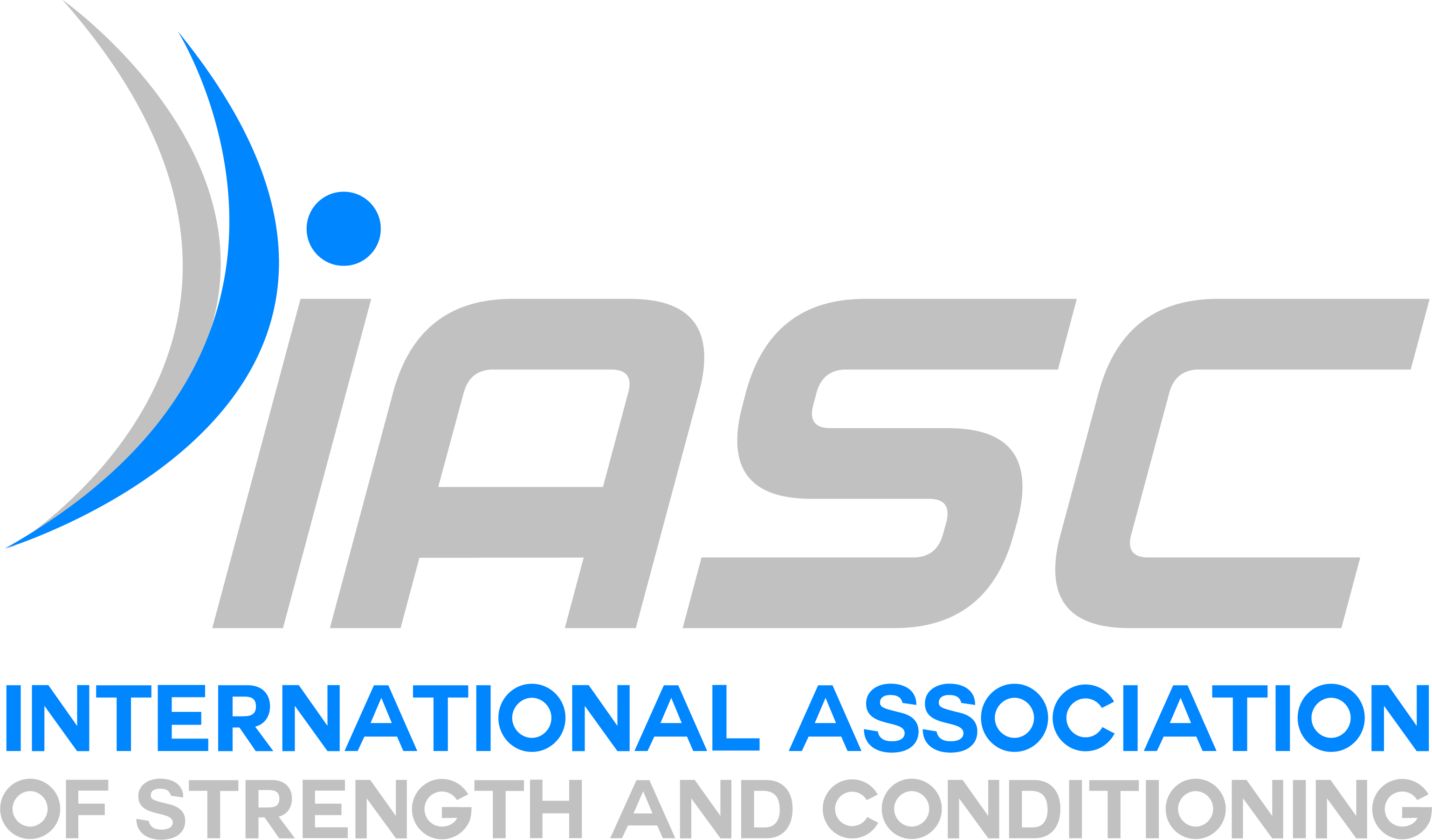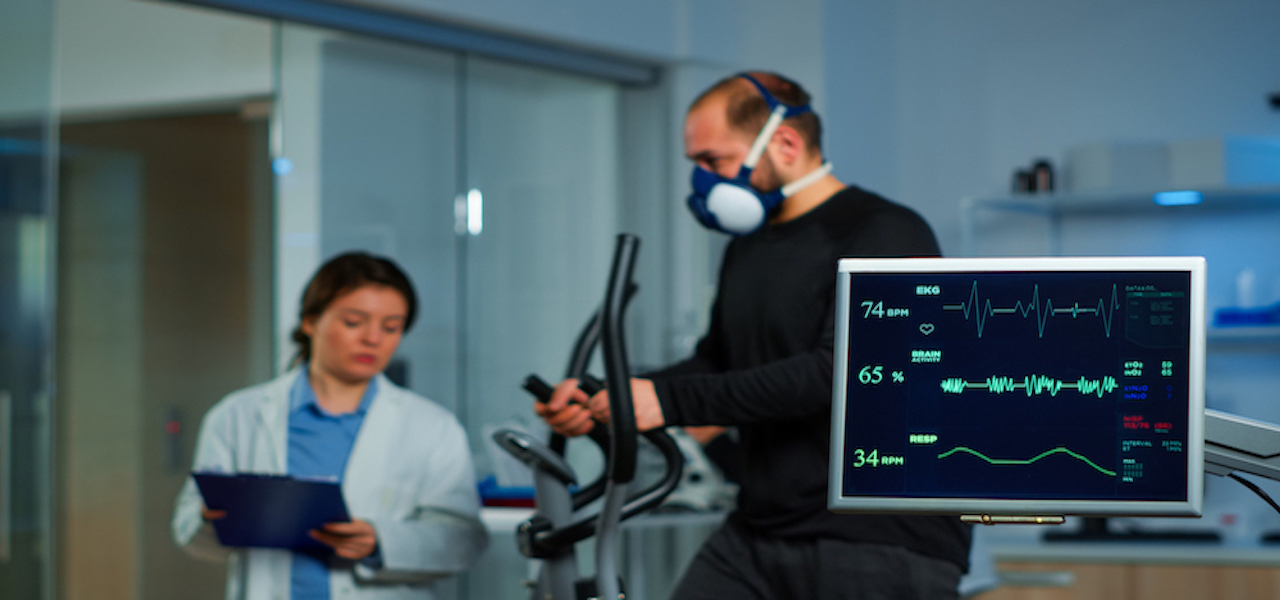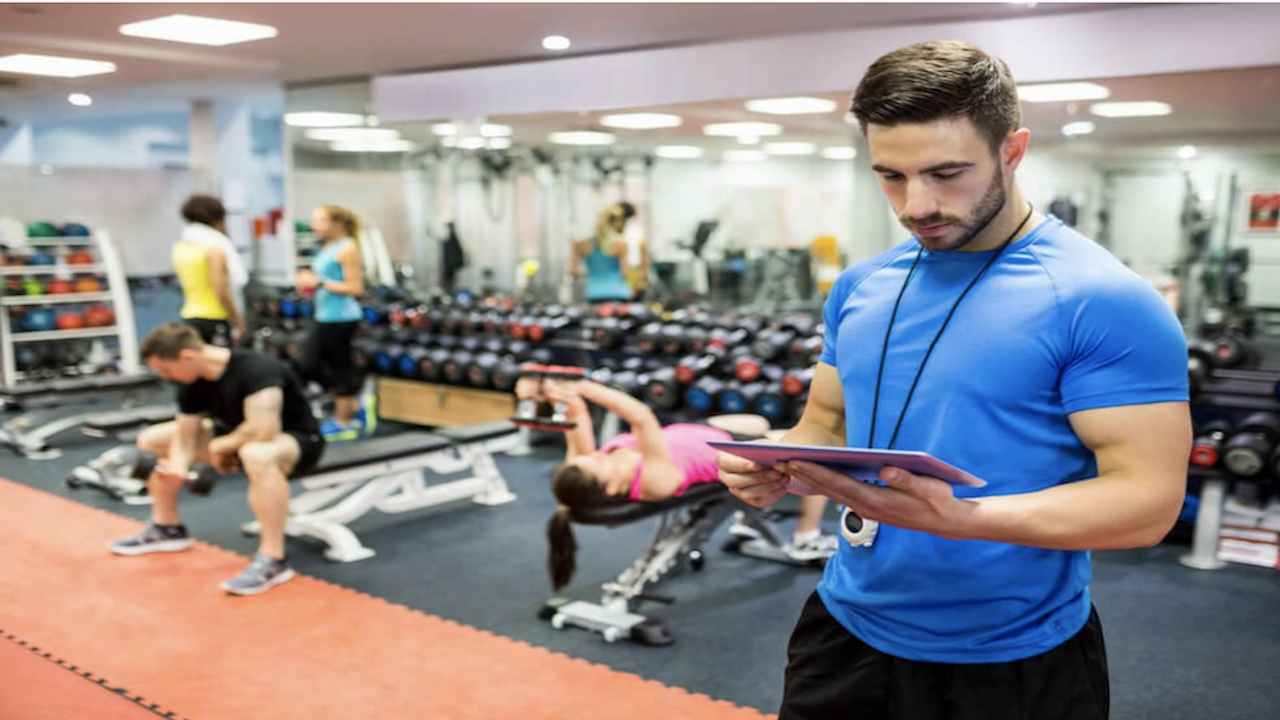Athlete monitoring has become an integral component of total athlete preparation. Therefore, sports coaches, sports scientists, and strength and conditioning practitioners need to be familiar with the principles of athlete monitoring and require at least a basic understanding of technologies that are used in this way to apply them in program design. But first of all, it is necessary to respond to this question “What do I want to achieve through athlete monitoring? “
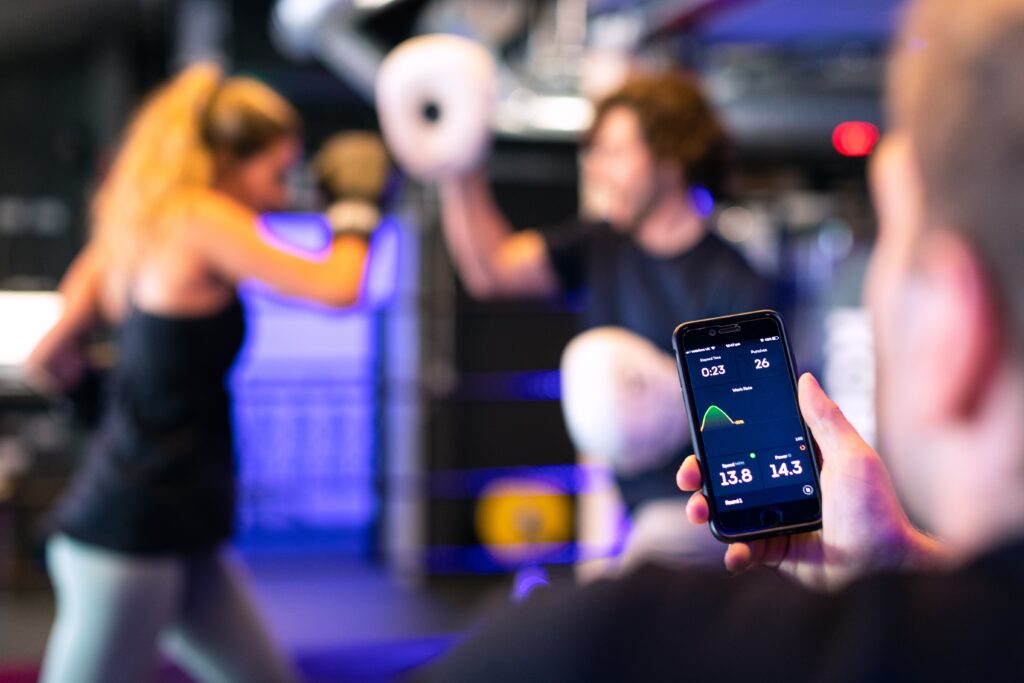
Why Monitoring Athletes?
There are two primary aims for Athlete monitoring:
- Fatigue management to assess whether the athlete is well suited to recover and adapt appropriately to the given training stimuli.
- Program efficacy allows coaches to assess the efficacy and efficiency of their training program.
After understanding the aims of monitoring we have to be familiar with scaling of monitorization which involves viewing monitoring data through three distinct “levels.”
- Micro-level monitoring: week-to-week, day-to-day monitoring (e.g. volume, intensity, sleep, nutrition, mood state). Micro-level monitoring is primarily aimed at fatigue management.
Duration = a few weeks, a week, intra-week, intra-day - Meso-level monitoring: phased-based monitoring in which both fatigue management and program efficacy are assessed. Focus is placed on adaptations related to preparedness and performance. Examples: force characteristics, field tests, endurance, etc.
Duration = a block or several blocks of training (4 weeks to 16 weeks) - Macro-level monitoring: “big picture” view (e.g., program efficacy).
Duration = a macrocycle or beyond (e.g., an annual plan, multiple annual plans, etc.)
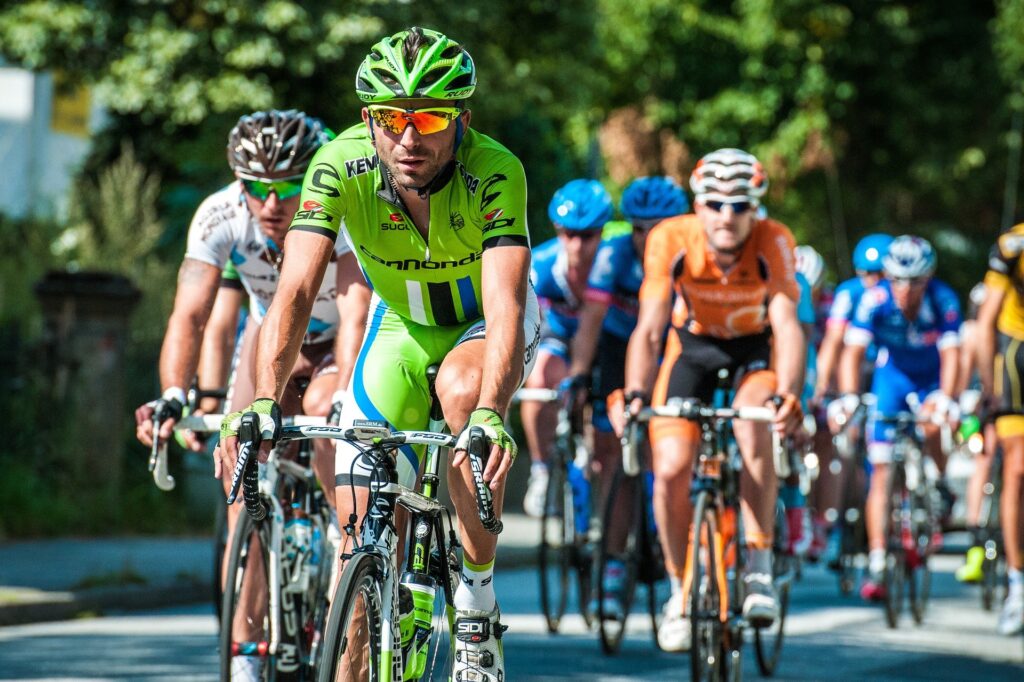
In day-to-day monitoring for training readiness assessment of an athlete, there are many practitioners who assess the training readiness of their athletes at the beginning of training sessions to determine whether they need to make adjustments to the session by simply asking the athlete “How do you feel? Also, it can be assessed using high-velocity movements such as vertical countermovement jumps or drop jumps. The practitioner may adjust the session when an athlete falls 10% or more below the peak performance value. Moreover, Movement screening and observing athletes during the warm-up provide key information about their readiness for training sessions. Another monitoring tool for athlete readiness is heart rate variability (HRV) which provides information about the neural influence on the heart.
It is noteworthy to consider the total stress on the athlete (not just the stress of training and competition). Monitoring systems allow practitioners to measure what is happening outside of training and competition (e.g., nutrition, hydration, sleep, and wellness). Also, Research has shown that factors such as stress can play a role in the risk of developing an injury.
Stay tuned with us in the following article where we will discuss more about athlete monitoring.
References:
- Monitoring training and performance in athletes / Mike McGuigan.
- Strength and Conditioning in Sports From Science to Practice / Michael H. Stone and Timothy J. Suchomel with W. Guy Hornsby, John P. Wagle, and Aaron J. Cunanan
- Science and practice of strength training / Vladimir M. Zatsiorsky
- The athlete monitoring cycle: a practical guide to interpreting and applying training monitoring data/ Tim J Gabbett, George P Nassis, Eric Oetter, Johan Pretorius, Nick Johnston, Daniel Medina, Gil Rodas, Tom Myslinski, Dan Howells, Adam Beard, Allan Ryan

Zahra Kalhor
Athletic performance coach
MSc sport physiology
MSc high-performance sports from UDS Germany